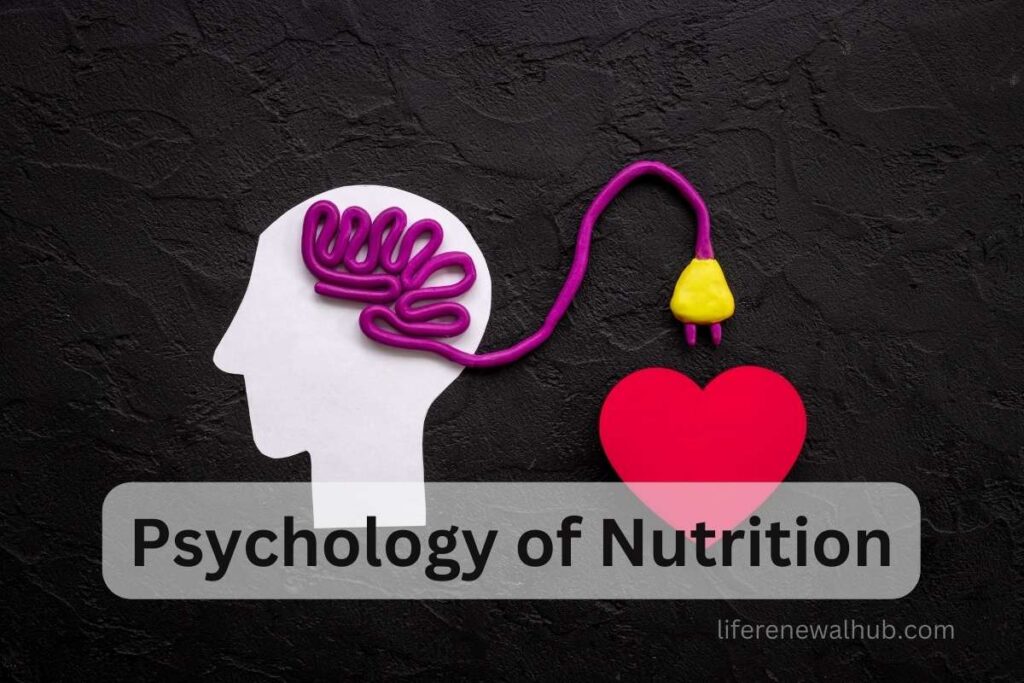Understanding the psychology behind client management in dietology is crucial for dietitians and nutritionists aiming to provide exceptional care and achieve the best outcomes for their clients. This guide will delve into the essential psychological principles that underpin effective client management, offering practical insights and strategies for dietology professionals.

The Importance of Psychological Insights in Dietology
Dietology isn’t just about creating meal plans and monitoring nutritional intake; it involves understanding the client’s mindset, motivations, and behavioral patterns. By leveraging psychological insights, dietitians can better address their clients’ needs, enhance compliance, and foster long-term health improvements.
Building Trust and Rapport
Establishing a strong, trusting relationship is the cornerstone of effective client management. Here’s how to build and maintain trust:
- Active Listening: Demonstrate genuine interest in the client’s concerns and preferences. Reflective listening shows empathy and helps clarify their needs.
- Consistency and Reliability: Keep appointments, follow through on promises, and maintain a consistent approach to reinforce trust.
- Transparency: Be open about the reasoning behind dietary recommendations and the expected outcomes. Transparency builds credibility and helps clients understand their journey.
Understanding Client Motivations
Every client is unique, with different motivations driving their dietary choices. Understanding these motivations can tailor interventions to be more effective.
- Intrinsic vs. Extrinsic Motivation: Identify whether a client is motivated by internal factors (e.g., health, well-being) or external factors (e.g., appearance, social approval). Tailor your approach accordingly.
- Goal Setting: Collaborate with clients to set realistic, achievable goals. Use SMART (Specific, Measurable, Achievable, Relevant, Time-bound) criteria to make goals clear and attainable.
Behavioral Change Strategies
Facilitating lasting behavioral change is a key challenge in dietology. Employ these strategies to enhance compliance and promote healthier habits:
- Cognitive Behavioral Techniques: Help clients recognize and reframe negative thoughts related to eating and body image. Cognitive restructuring can reduce anxiety and promote positive behaviors.
- Motivational Interviewing: Use motivational interviewing to elicit and strengthen the client’s own motivation for change. This collaborative, client-centered approach can be particularly effective.
- Self-Monitoring: Encourage clients to keep food diaries or use apps to track their intake and behaviors. Self-monitoring increases awareness and accountability.
Addressing Emotional Eating
Emotional eating can undermine dietary efforts. Understanding and addressing the psychological triggers for emotional eating is essential.
- Identify Triggers: Help clients identify emotional and situational triggers that lead to overeating. Common triggers include stress, boredom, and loneliness.
- Alternative Coping Strategies: Develop alternative coping mechanisms for dealing with emotions, such as physical activity, mindfulness practices, or engaging hobbies.
Enhancing Client Education and Empowerment
Empowering clients with knowledge and skills is crucial for long-term success.
- Education: Provide clear, evidence-based information about nutrition and health. Use simple language and visual aids to enhance understanding.
- Skill-Building: Teach practical skills, such as meal planning, grocery shopping, and cooking. Hands-on workshops and demonstrations can be particularly effective.
- Support Systems: Encourage clients to build a support network of friends, family, or support groups. Social support can enhance motivation and adherence.
More Like This Understanding the Psychology of Nutrition: A Comprehensive Guide
Dealing with Resistance
Resistance to change is a common challenge. Here’s how to manage it:
- Empathy and Validation: Acknowledge the client’s feelings and fears. Validating their experience can reduce resistance and open the door to collaboration.
- Incremental Changes: Propose small, manageable changes rather than drastic overhauls. Gradual adjustments are often more sustainable and less intimidating.
- Positive Reinforcement: Celebrate small victories and progress. Positive reinforcement can boost confidence and motivation.
Continuous Professional Development
Staying updated with the latest research and trends in dietology and psychology is crucial for effective client management.
- Ongoing Education: Participate in workshops, seminars, and courses to stay current with advancements in the field.
- Peer Collaboration: Engage with peers for knowledge exchange and support. Networking with other professionals can provide new insights and strategies.
- Reflective Practice: Regularly reflect on your practice and seek feedback from clients to identify areas for improvement.
Conclusion
Mastering the psychology of client management in dietology involves a deep understanding of human behavior and effective communication strategies. By building trust, understanding motivations, addressing emotional eating, and enhancing client education, dietitians can foster lasting behavioral change and improve client outcomes. Continuous professional development ensures that dietology professionals remain equipped with the best practices to support their clients’ journeys towards better health.
By integrating these psychological principles into your practice, you can enhance the effectiveness of your dietary interventions and build stronger, more supportive relationships with your clients.
